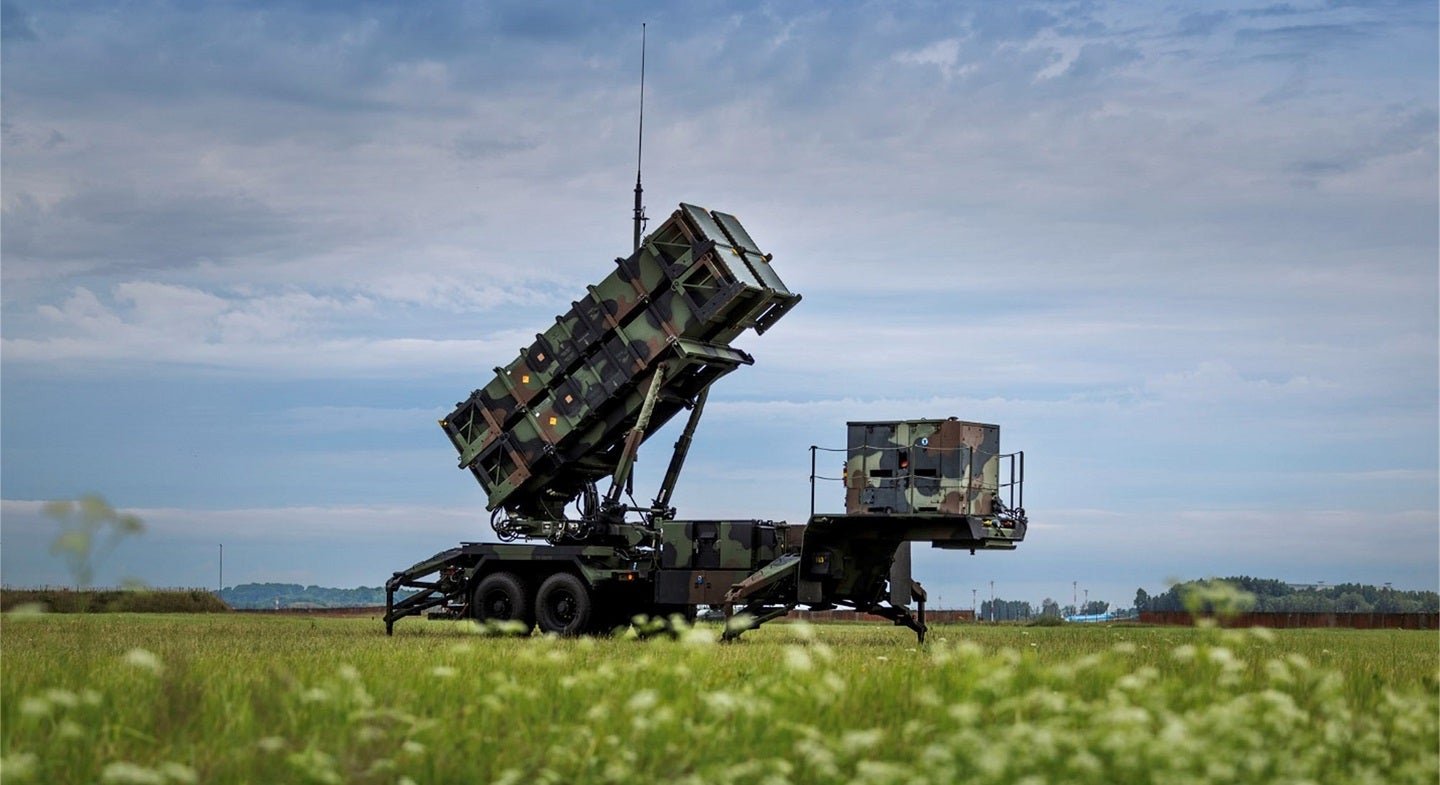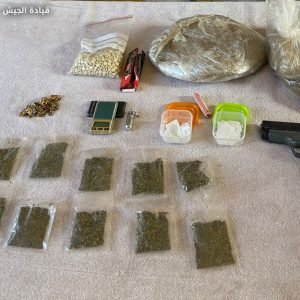
The US State Department approved the sale of two Patriot launching stations to the Netherlands at the end of August 2024.
Under a contract worth $224m (€203m), the Dutch government aim to evolve its existing Patriot air defence infrastructure in a transition from their legacy M901 to the M903 launching station unit.
Notably, Lockheed Martin and RTX jointly develop and deliver the Patriot system. It is in service in Germany, Greece, Israel, Japan, Kuwait, the Netherlands, Saudi Arabia, South Korea, Poland, Sweden, Qatar, the United Arab Emirates, the US and also Romania, Spain and Taiwan.
While the ageing M901 unit can only deploy four PAC-2 missiles at one time, the M903 is far more versatile with additional capacity to fire the PAC-2, PAC-3 and Missile Segment Enhancement (MSE) missiles – these can even be diversely deployed.
Among the supplementary equipment provided, the deal includes the transfer of PAC-3 MSE launcher conversion kits, allowing for a more diverse missile capability.
This advanced air defence infrastructure will enhance the capabilities of the Dutch Army’s Defence Ground-Based Air Defence Command. Besides the Patriot, the unit also uses NASAMS, Fennek Stinger Weapons and the TRML airspace radar.
“The Netherlands will use the enhanced capability to strengthen its homeland defence, deter regional threats, and provide direct support to coalition and security cooperation efforts,” noted the US Defense Security Cooperation Agency in its statement.
Dutch missile sector
Missiles and missile defence systems are the largest sector in the Dutch defence market, according to GlobalData, with an expected cumulative value of $5.8bn between 2023–2028.
The sector was valued at $642m in 2023, and is now forecast to climb to $1.3bn in 2028; that is a compound annual growth rate of 15.2%.
This sector is made up of many programmes including PAC-2 Guidance Enhanced Missile-Tactical Ballistic missiles, Medium-Range Air Defence System, Short-Range Air Defence System, AGM-158B JASSM-ER, among several others.
Nato Rotational Air Defence Model
A month earlier, the Dutch Army sent a single Patriot air defence system to Lithuania along with personnel to operate alongside Lithuanian troops.
Stationed at Siauliai Air Base – the Lithuanian Air Force headquarters, based in the north of the country – personnel of Joint Ground-Based Air Defence Command participated in Exercise Baltic Connection 2024. Troops optimally operated the air defence systems with those of Lithuanian service members, as well as Spanish and Portuguese air force detachments that were performing Nato air policing duties.
This Rotational Air Defence Model was first agreed at the alliance’s Vilnius summit in July last year. Though, for months after the exercise was agreed upon by Nato members, Lithuanian Defence officials continued to call on its allies to implement plans.
Three months later, the former Lithuanian Minister of National Defence, Arvydas Anušauskas, urged the military alliance to hasten its pledges, ensuring Vilnius decisions were not overlooked.









